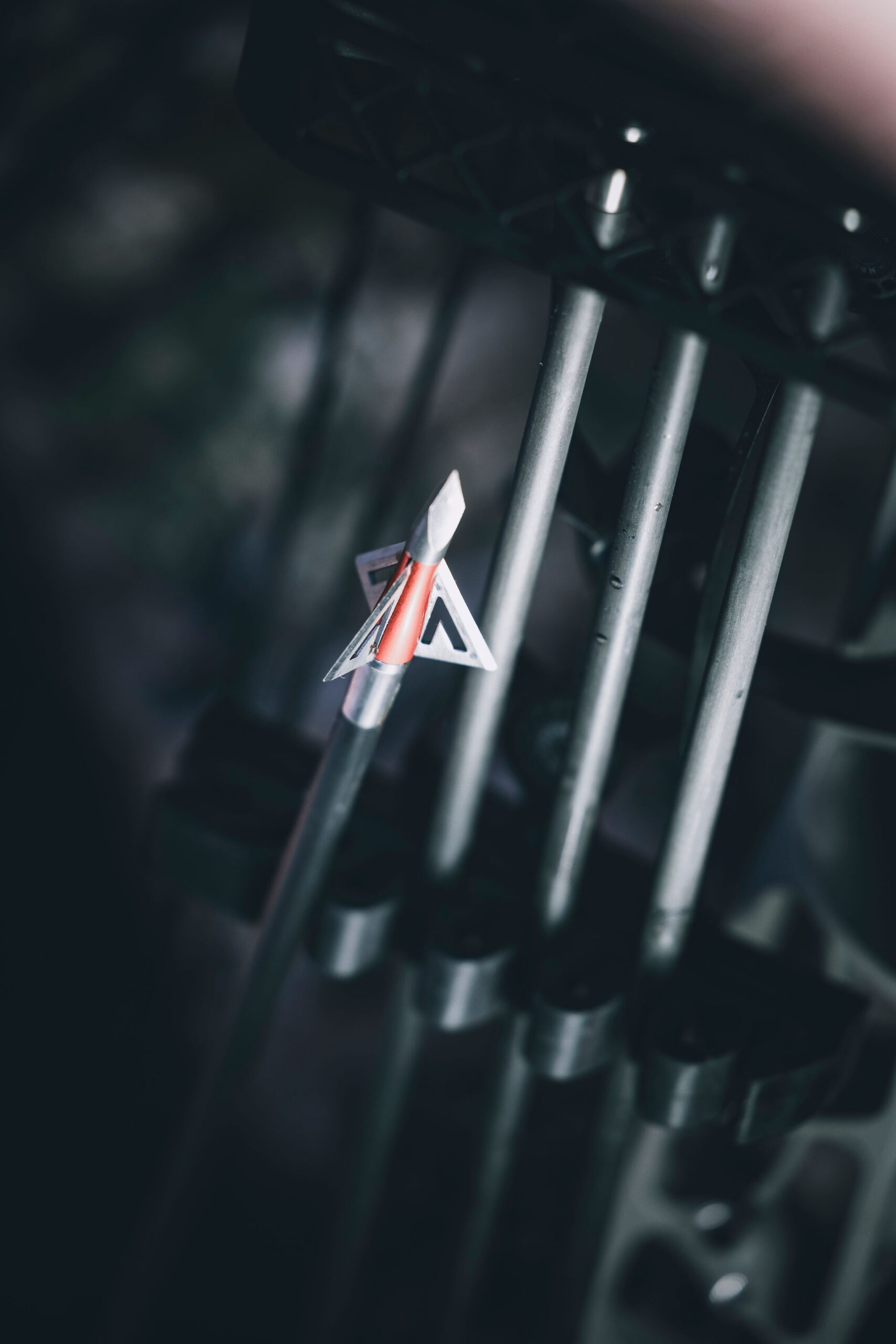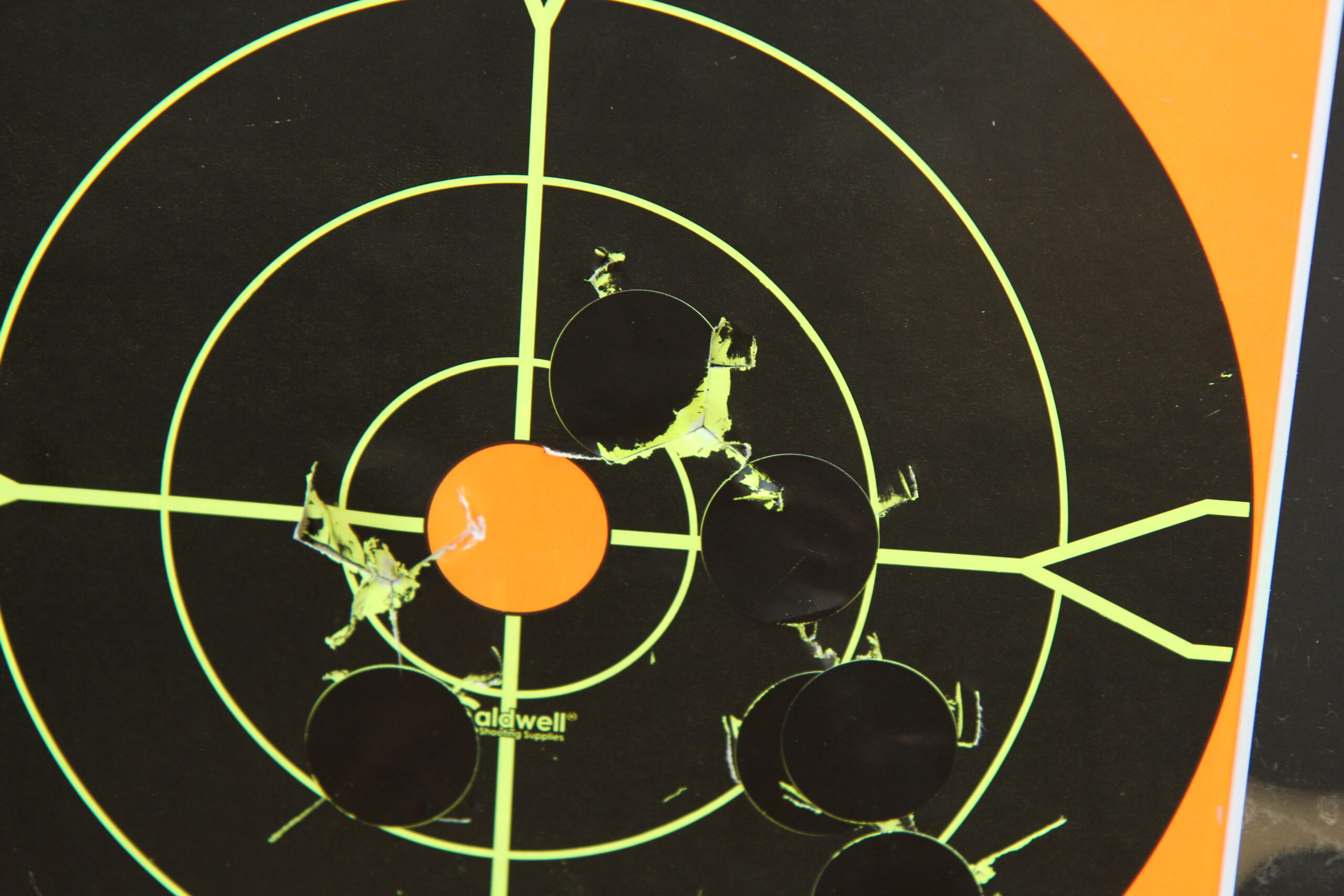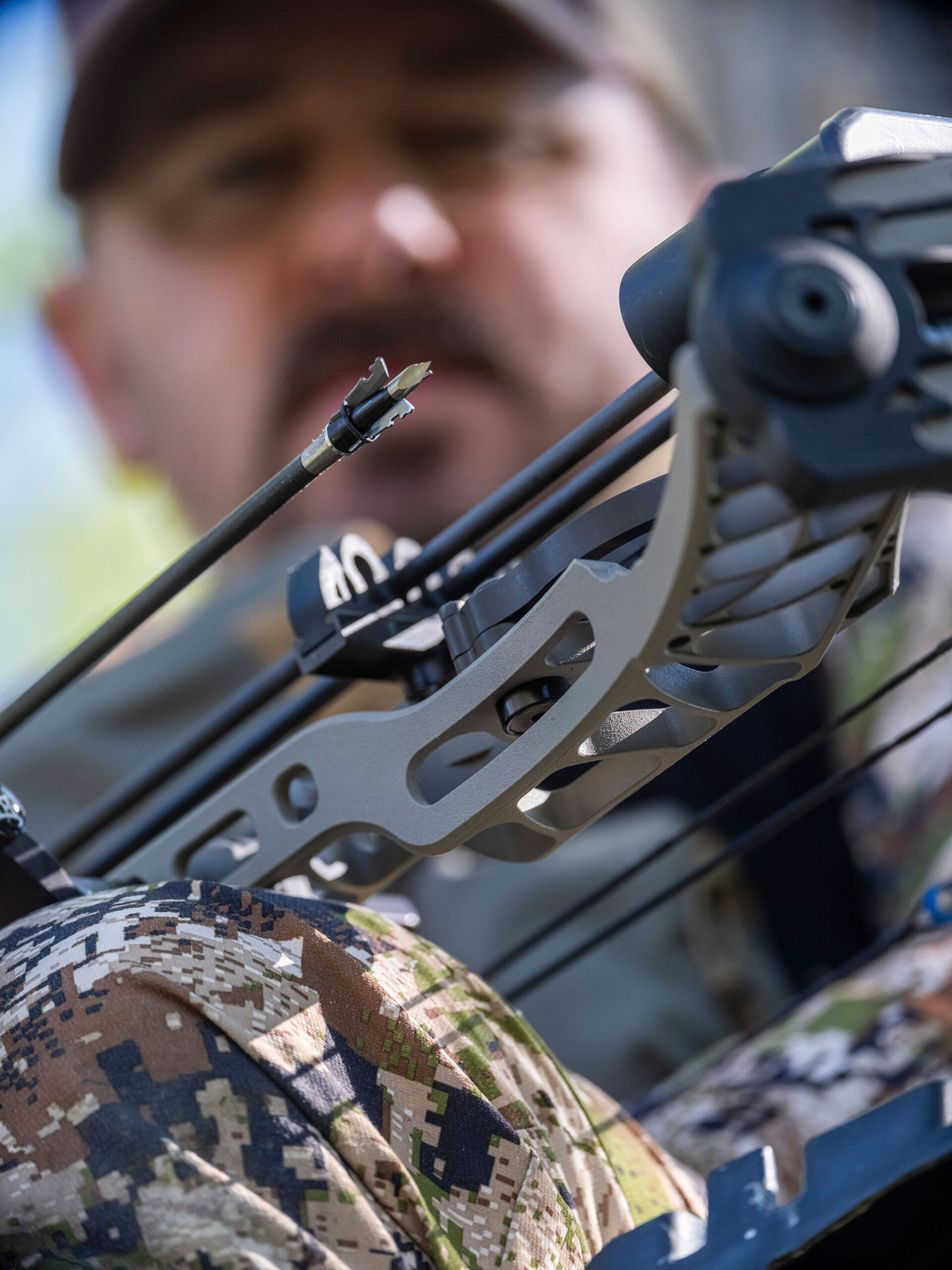How to Practice with Broadheads, Safely
As hunting season gets closer, practicing with your broadheads is critical. These tips will help you do it safely
Most archery hunters understand the importance of practicing with their broadheads ahead of hunting season, but doing so is not always practical. Losing an arrow tipped with a field point in the yard is no good, but a lost arrow with a broadhead on the end is expensive and a potentially dangerous liability for pets, bare feet, and lawnmower tires.
Broadhead practice requires using a target approved for broadhead use, but even that doesn’t always prevent problems. While most quality broadhead targets will easily stop fixed and mechanical broadheads shot from vertical bows, high-speed crossbow bolts are another matter. Many of them can zip through targets, particularly targets that are worn from weather and shooting, and keep on going. Because of those things, bowhunters who are practicing with their broadheads need to be as diligent about safety as firearms hunters who are practicing with rifles. Here are a few things to keep in mind.

Replacement blades are available for the Havalon and most of Wasp’s fixed-blade and mechanical models, so don’t be afraid to practice with your broadheads.
SELECT A SAFE RANGE
The same suburban back yard where you shoot your field points may not be the best place to practice with broadheads. Instead, always select a range with a large backstop that will reliably stop your broadhead-tipped arrows cold in the event of a miss. Many outdoor archery clubs have dedicated ranges for broadhead practice.
PUSH IT THROUGH
Broadheads are tough on targets, and the damage they inflict to foam can be amplified when the arrows are pulled back out. Besides that, straining to pull an arrow out of the target can create a dangerous situation that causes you to get cut if the arrow suddenly pulls free. If you’re getting especially deep penetration into the target (we’re talking to you, crossbow shooters), consider pushing the arrow through, rather than pulling it back out. Do that, and you can unscrew the broadhead from the arrow shaft on the back side of the target, and then either push the bare shaft on through or pull it back out. It’s an extra step to take that is a mild hassle, but it can greatly extend the life of your target—and perhaps save you from a few stitches.

Stick-on targets are a great way to avoid damaging arrows and broadheads when sighting in crossbows.
DOUBLE UP WITH CROSSBOWS
Broadhead targets are expensive, but even the best of them won’t last long against powerful crossbows, especially if they’re left outside and exposed to the elements for days on end. As such, crossbow shooters may want to consider using two foam archery targets as well as a stick-on firearm target. Put the softer, more worn foam target in the front, and place a stick-on target on the face. Place a second target directly behind that one, with a couple feet of space in between.
Sight your crossbow in with the stick-on target, using the arrow holes as reference, just like a rifle shooter would. Most crossbows will send bolts zipping right through the worn target, but they’ll be slowed enough so that they’re easily stopped and pulled from the second target. Pull your bolts after each shot and shoot groups one arrow at a time. Many crossbows will shoot 1-hole groups from a bench, and it doesn’t take long to damage your arrows when you’re grouping broadheads.
KEEP A PUSH-THROUGH ARROW HANDY
Crossbow bolts are short, and in thick targets they can penetrate beyond the nock, without punching through to the offside. Digging around in that foam with your fingers is dangerous business. Instead, use a second throwaway crossbow arrow, without a tip, and push it into the target against the nock of the first, stuck arrow. Once you’ve made contact, use a block of wood to press the second arrow deep enough into the target so that the first arrow pushes through the backside, where you can then unscrew the broadhead and pull it on out.
SAVE THE OLD BLADES
Replacing worn, dull blades is easy with many Wasp broadhead models, but before you throw away your old blades, consider saving a few of them for practice. If they’re not bent or broken, they’ll fly just fine. Many bowhunters like to set aside a couple broadheads with dulled blades to stay in tune and on target throughout the season.
PICK 3
The best way to be assured that you’re shooting the best broadhead for your vertical bow or crossbow setup is to try a few different broadheads and see which one flies the best while also meeting your needs. Maybe you’re torn between a 100-grain mechanical, like the Jak-Hammer, or a compact fixed blade, like the Boss. Or perhaps you want to really increase your arrow’s front of center this season, but aren’t sure whether to choose the 150-grain Sledgehammer or 150-grain Sharpshooter. Wasp is one of the only broadhead companies that will create a custom 3-pack of broadheads, shipped to your door, so that you can try several individual models before investing in a particular one before the hunting season begins.
— Broadhead images by John Hafner; story and target image by Wasp Archery Staff
View All Posts

